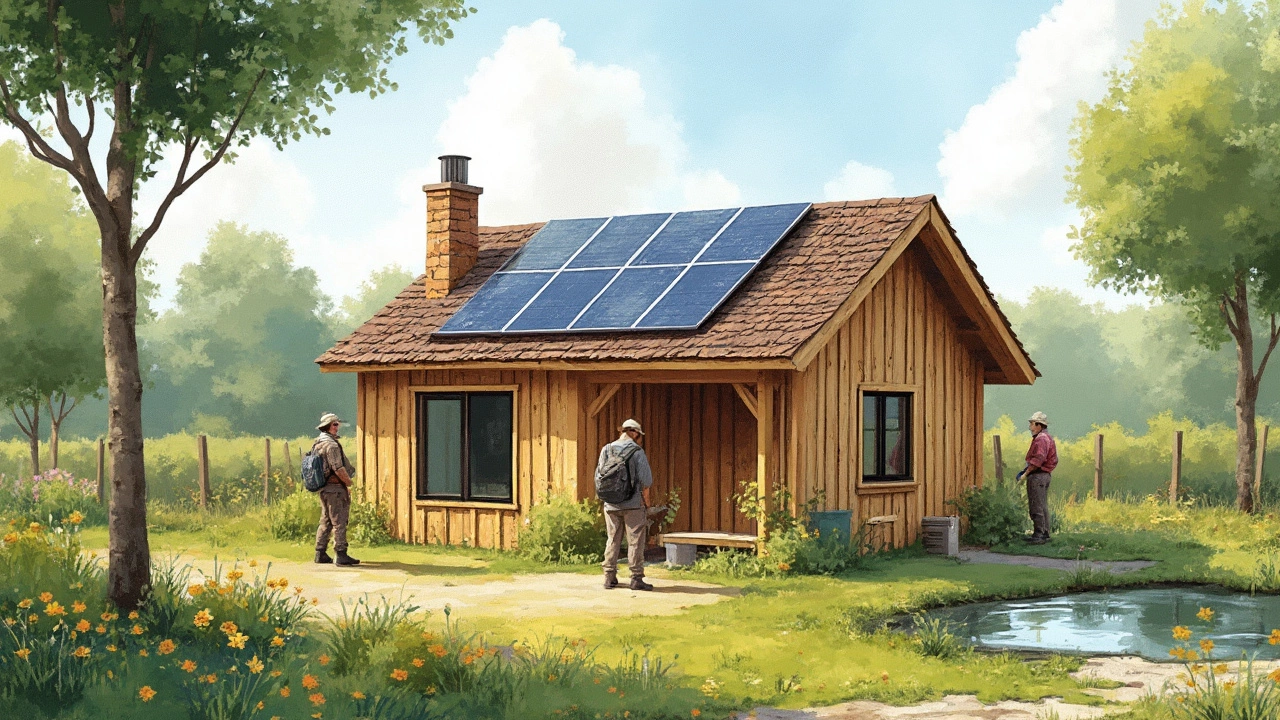Sustainable Home Ideas for a Greener Life
Thinking about a sustainable home doesn’t have to feel like a massive project. You can start with tiny habits and watch the impact grow. In this guide we’ll walk through real steps you can try right now, plus some bigger design ideas if you’re planning a remodel. No jargon, just clear actions you can use today.
Simple Changes You Can Make Today
First, look at energy use. Swapping old bulbs for LED lights cuts electricity and saves money. It’s a one‑time cost that pays off in weeks. Next, check your thermostat. Setting it a few degrees lower in winter and higher in summer can shave off 10‑15% of your heating bill. If you have spare plugs, add smart plugs to control appliances remotely – they prevent “vampire power” when devices sit idle.
Water conservation is another low‑effort win. Install aerators on taps; they reduce flow without sacrificing pressure. A quick shower timer helps you keep baths under ten minutes, saving gallons each day. Reusing rainwater for garden watering is easy if you have a barrel – just place it under a downspout and connect a simple hose.
Long‑Term Sustainable Design
When you’re ready for bigger upgrades, think about insulation. Proper loft and wall insulation locks in heat, so your heating system works less hard. Double‑glazing windows not only cuts drafts but also reduces noise – a win for comfort and energy.
Consider renewable energy sources. Installing solar panels on a south‑facing roof can cover a large part of your electricity needs. Even a small system can lower your grid reliance and may qualify for local grants. If solar isn’t an option, a ground‑source heat pump uses the earth’s stable temperature to heat and cool efficiently.
Materials matter too. Choose reclaimed wood, recycled metal, or bamboo for flooring and furniture. These options lower the carbon footprint compared with fresh timber. When you’re renovating, look for low‑VOC paints and finishes – they keep indoor air fresh and are better for the environment.
Finally, plan for the future. Design spaces that can adapt as your needs change – a home office that can become a guest room, for example. Flexible spaces reduce the need for new construction later and keep the building’s embodied energy low.
Putting these ideas together turns a regular house into a sustainable home you can feel good about. Start small, scale up, and enjoy the savings and comfort that come with greener living.

Building an Eco-Friendly Cottage: Real-World Steps for Sustainable Small Homes
Discover how to build an eco-friendly cottage—from passive design tricks to water, energy, and material choices that truly matter. Your practical guide to a sustainable tiny home.
Continue Reading